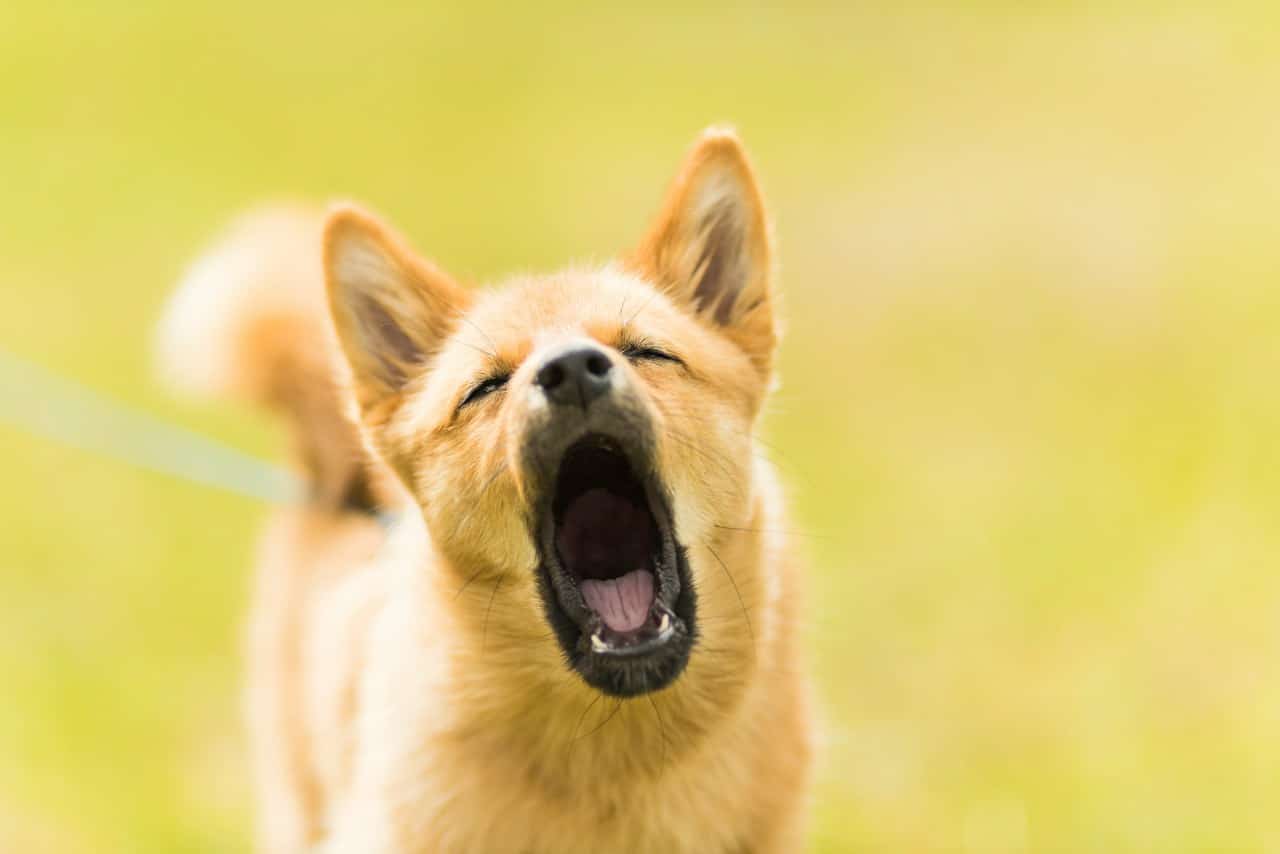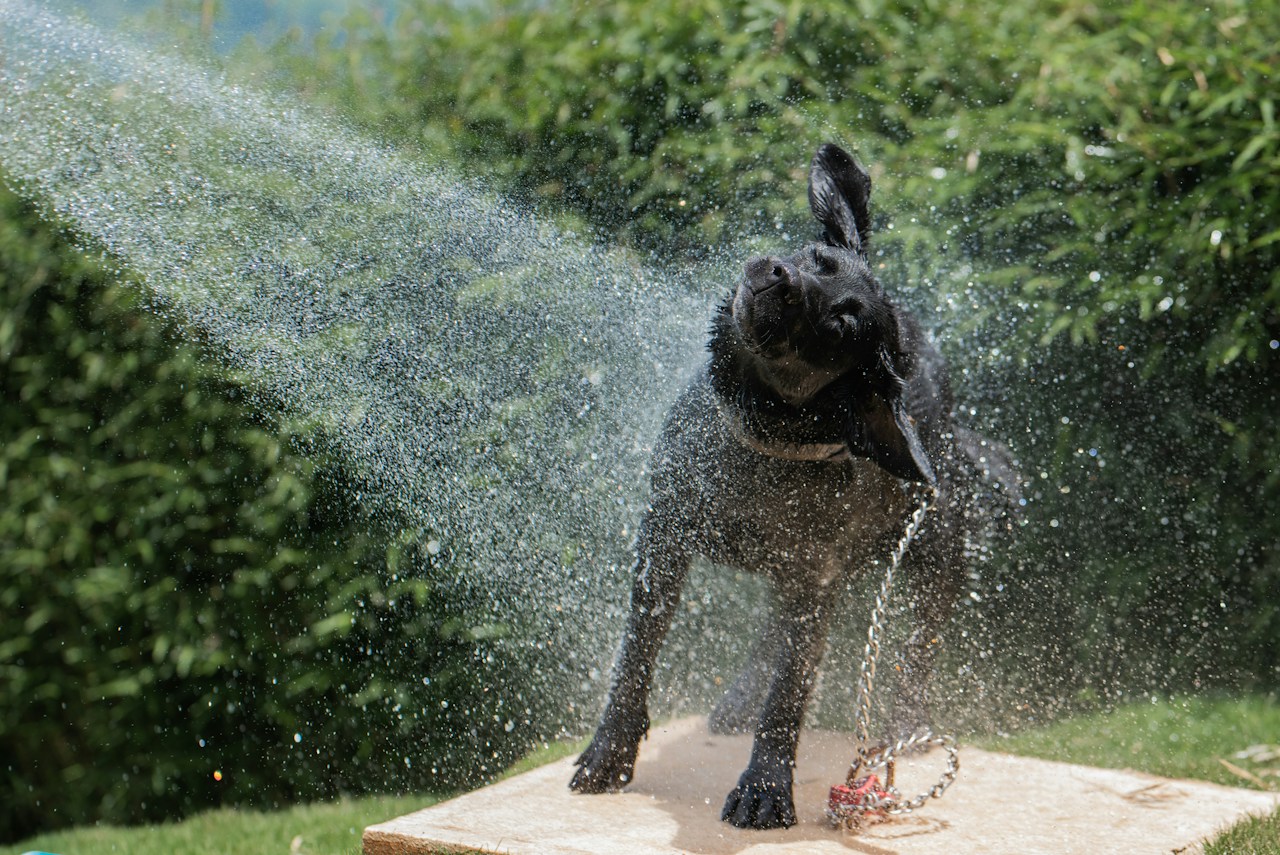Love, mutual trust and the development of important interaction skills. Growing up with the dog can give the children an extra edge.
Building a bond that in most cases is bound to become inseparable and can prove to be a real opportunity. Growing up with the dog for the little ones can be an extra step to benefit even in adult life. There are several researches that confirm how important direct contact between male puppies and a dog is.
For the child, having an animal to look after can become an unsuspecting source of learning. He has the opportunity to learn how to take care of others, to interact, to observe, to respect the times of those around him. To acquire, in one word, empathy.
In this sense, the importance of dog therapy, as known in the case of diseases such as autism, developmental disorder, childhood depression, adaptation difficulties, motor problems, neurological disorders or learning, should be remembered. Loving an animal can help to love others and ourselves: a fundamental teaching for anyone, all the more so for a child who, step by step, is developing his own personality.
Children and dogs in close contact
One of the most important aspects of growing up with the dog for a child is physical contact with Fido. Cuddling your four-legged friend can have a positive effect on your ability to relax and also has a major impact on the development and enhancement of self-confidence: working on self-esteem from an early age can be an extra step for children and the way they will cope with adult life.
According to the results of some scientific studies,a child who is in contact with his animal is able to develop his immune defenses better and decreases the risk of being faced with possible allergies. Another aspect is added to this: the dog can be an excellent personal trainer for the puppy of a man who, playing, actually performs physical activity and in this way can also discharge any accumulated stress.
The dog is an unconscious master
Living closely with a dog can be a very useful opportunity for the child to learn dynamics that, sooner or later, will find in everyday life. From nutrition, just think of the need to feed and hydrate, to rest, through diseases and, in case Bau is already in old age, death.
The latter can prove to be a difficult chapter for every parent: a detachment due to the disappearance of their pet can be a lesson capable of preparing the child for other losses that he will inevitably be forced to face in the course of his life. Being aware can prevent sudden future trauma.
The choice of dog for a child
As has already been said several times, for a child to grow up with the dog is an opportunity. But which type is best suited to accompany the child? In this regard, it may be useful to know the breeds of dogs most suitable for children. You can bet on a puppy dog, so as to grow the two creatures almost like two peers, or entrust the child to the care of an experienced Fido, maybe already present in the house.
Of course, it is essential to create the conditions to foster the relationship between the little one and his four-legged friend and allow them to stay together and play in total safety,tranquility and harmony.
The approach and knowledge, possibly favored and monitored by an adult, will also prove very important. If there is feeling from the beginning, the rest of the route will be downhill. In any case, with the necessary exceptions, it is better to avoid races that do not get along with the little ones.
Fido is a friend, not a game
An important rule that the child must follow in the relationship with the dog is that Fido can become his best friend,but it will never be a toy to use at will. Therefore, you will not be able to treat it as an object or make the use that you see fit.
The dog must be respected first. Also to avoid possible reactions that could have unpleasant consequences: just think of bites, paws, threatening barks or nailed. So no tail pulls, no pinching of the ears, no pushes or slaps, no sudden awakenings or disruptive actions while Fido is eating: the dog should be treated like any living thing, regardless of whether it is a puppy or adult specimen.
The task of caring for the child will be to supervise at any time to read in advance any signs of impatience of the animal and prevent situations of potential danger to the child but also to the little dog.
Not being intrusive, in fact, gives the little one that feeling of independence that will be important in the path of growth, especially in that phase of transition between adolescence and adulthood.
When the dog arrives after the birth of the baby
The child can grow with the dog even if the latter comes when the male puppy is already a few years old. In that case, the so-called enthusiasm effect that could characterize the child’s behaviour in the first bars of the relationship with the animal should be taken into account. Better keep the situation under control.
The child may want to burn the stages of the relationship with his new four-legged friend. Maybe it might not be limited to a few caresses or observation, trying to get familiar with the little dog right away. The adult is responsible for making contacts and expressions of affection: arrival at home is one of the most delicate moments for a pet.
That, in fact, is the phase in which the dog has to become familiar with the new reality, study its smells, experience the paths of entry and exit from the building and from room to room. It must find references (kennel, food area, places to sleep and so on) and understand some dynamics of the house.
The relational aspect, however important, very often develops later. That’s why the child should be educated to respect Bau’s time. Already this will be a delicate and important test to face to make firm the relationship of friendship between small and dog.
Fido is not bad
Dealing with a dog also means considering the possibility of being grappled with paws and clamps kindly donated by our four-legged friend. Often manifestations of enthusiasm and affection on the part of Fido. If these are widely predictable situations for an adult, it could be traumas that can jeopardize the relationship with the dog for a child.
That’s why it’s important to make the little one understand that the dog hasn’t suddenly become naughty. It can be a ‘sign of love’ or a way of defending against unwelcome behavior or gesture. It can happen, the friendship will always remain solid. A potential trauma, in fact, can become a new opportunity for growth.
Child and dog, adjust the ratio
Growing a child with the dog can also be the occasion of some excessive behavior even on the part of the animal. Bau can develop exaggerated attention, almost as if he were carrying a puppy to protect from external attacks.
The risk is that the dog can hinder other people’s contact with the baby, with aggressive reactions and manifestations of jealousy. He must understand that his special friend is still a human being, who must be guaranteed the opportunity to interact with other fellows.
On the contrary, it will be up to adults to educate the child to respect the dog’s interactions. With other members of the house or, more generally, with other people. Both Fido and the child, of course, will have to feel free to develop different relationships and interactions than theirs, however important.
Thus it is possible to extinguish in the bud negative emotions that could be the basis of wrong behaviors or violent reactions. The ability to love the other while respecting his freedom and independence can prove to be an extraordinary teaching for the child. And maybe the dog, too.

